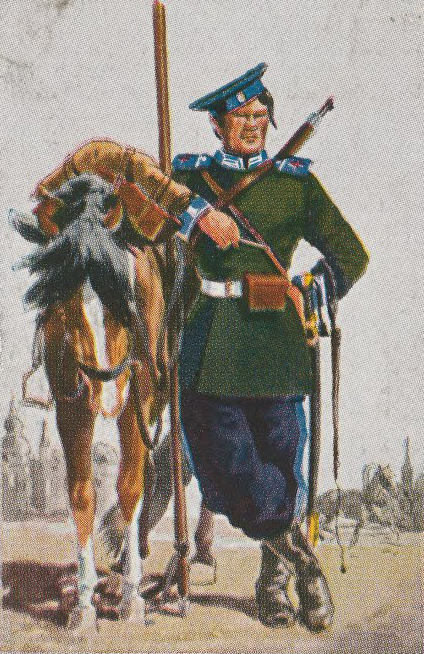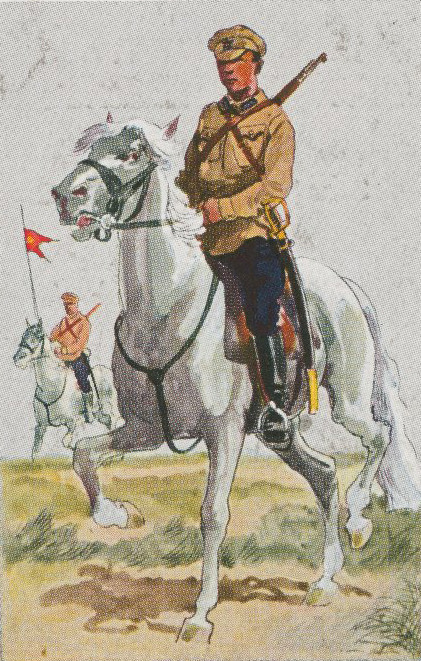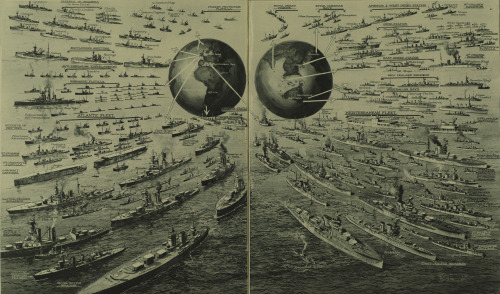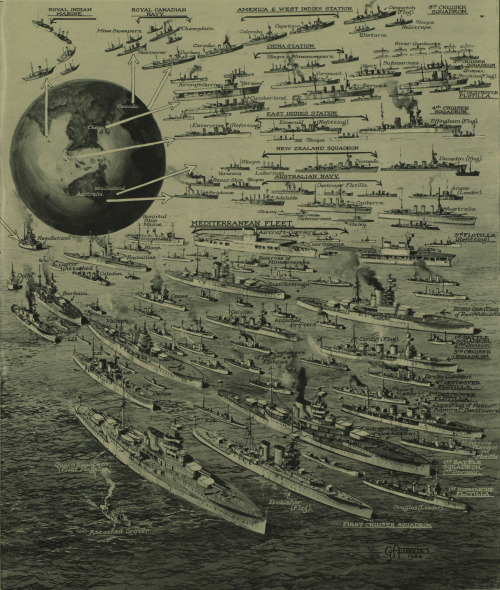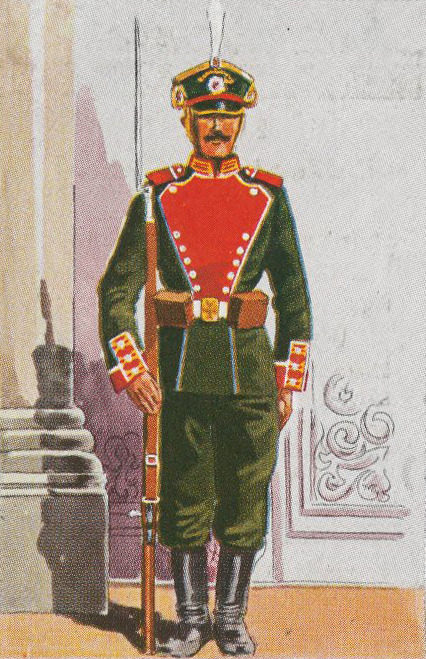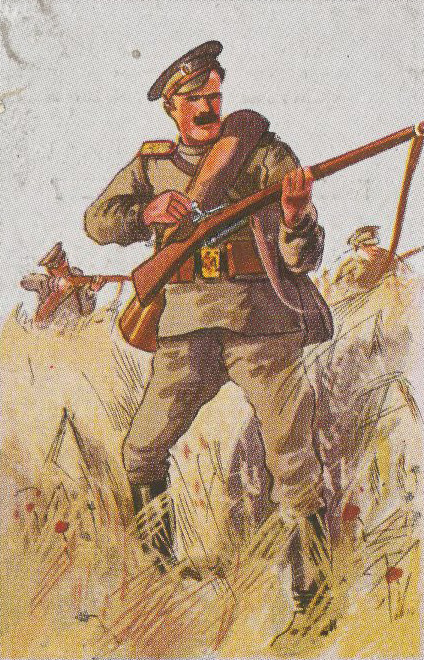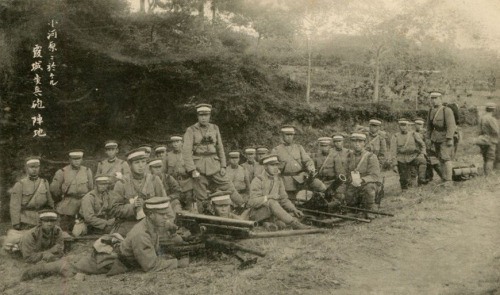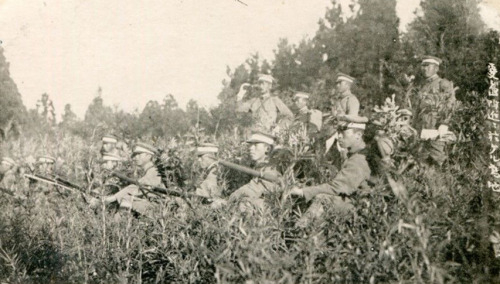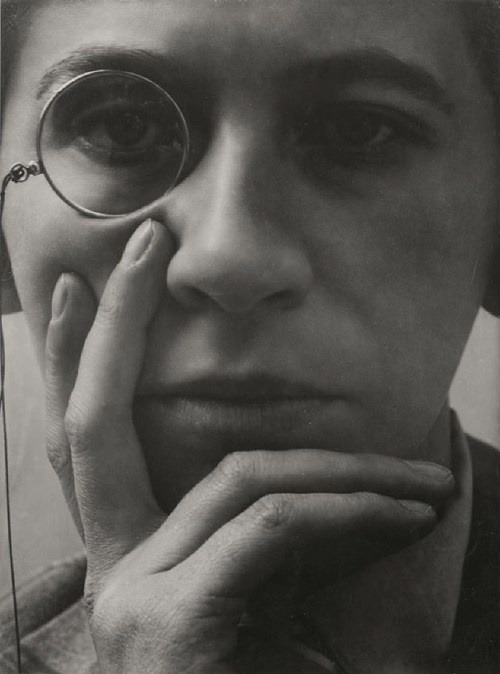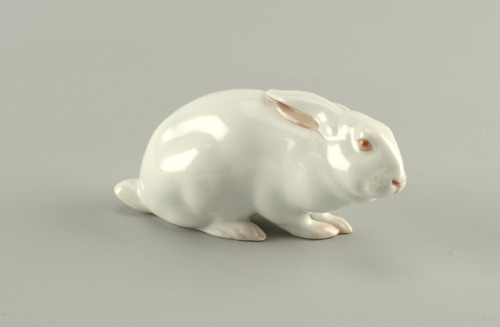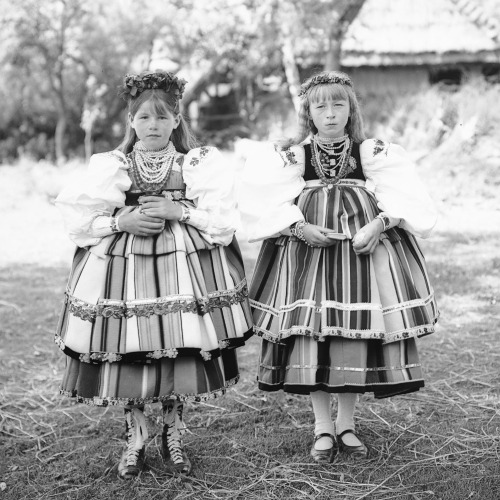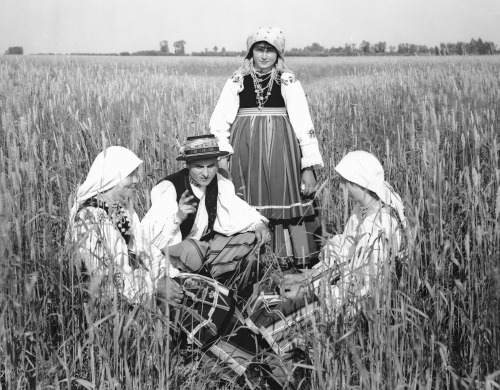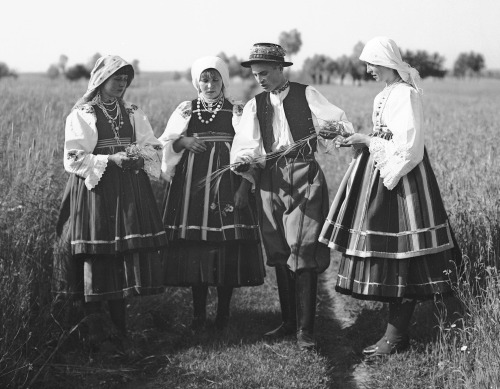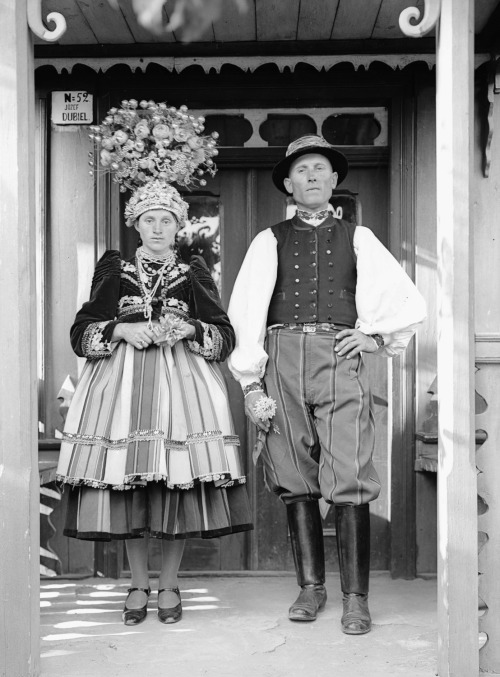#interwar period

Mary Ellingson (1906-1993), nee Ross, was an archaeologist who made important contributions to the study of ancient Greek terracotta figurines but who never received credit for her work. A graduate in classics from the University of Alberta, Ellingson came to Johns Hopkins University to study under David Robinson in 1930. Robinson was preparing for his second season of excavation at the Greek site of Olynthos and asked Ellingson to join the staff the following year. Robinson was one of the first classical archaeologists to excavate houses and to search for evidence of Greek private life; the 14 Excavations at Olynthus are his legacy. Ellingson supervised the excavations of several houses and a cemetery managing up to 60 Greek workmen at a time. She also kept her own records, independent of the excavation records, of all the terracotta figurines discovered during the season. Her master’s thesis is unusual for its day in that in addition to the typical chronological catalog of figurines, Ellingson included an analysis of their find spots. Prior to her work it was believed the figurines were for use in cemeteries or temples; Ellingson was able to demonstrate that the ancient Greeks used them in household shrines, as domestic decorations, and even as toys. Her dissertation was an expansion of her master’s thesis to include terracotta figurines found in other seasons at Olynthos and also at other sites in northern Greece and the Balkans. Shortly after receiving her PhD in classical archaeology from Johns Hopkins, Ellingson married and, although she tried to publish her work, the disruptions of World War II and motherhood combined to make sure she never achieved her goal.
Ellingson never received credit for her work. Without seeking her permission or mentioning her contribution, Robinson published her master’s thesis as volume VII in the Excavations at Olynthus series and her dissertation as the first chapter and a half of volume XIV. Reviewers praised Robinson’s insights in both works, not realizing he had not written them. Ellingson returned to academia in the 1960s becoming a full professor at the University of Evansville and retiring in 1974. She never revealed the secret of her contributions to the Excavations at Olynthus series to anyone in the field.
Post submitted by Alan Kaiser
Edited by Brenna
More Information:
Kaiser, Alan. 2014. Archaeology, Sexism, and Scandal. The Long-Suppressed Story of One Woman’s Discoveries and the Man Who Stole Credit for Them. Lanham, MD: Rowman and Littlefield.*
Olynthus 1931: The Mary Ross Ellingson Photo Archive
*Psst…Read the accompanying book review on trowelblazers.com
Various Russian and Soviet cavalrymen, 1914-32.
From the Anne S. K. Brown Military Collection.
Post link
The Royal Navy in 1928.
Drawn by George Horace Davis for the Illustrated London News. A bisected version has been uploaded below for higher readibility.
Post link
Various Russian and Soviet soldiers, 1914-32.
From the Anne S. K. Brown Military Collection.
Post link
Girls from Złaków Kościelny, Poland, 1932. Łowicz type of costume.
Photography by Henryk Poddębski, source: szukajwarchiwach.gov.pl
Post link
Mother and daughter from Złaków Kościelny, Poland, 1932. Łowicz type of costume.
Photography by Henryk Poddębski, source: szukajwarchiwach.gov.pl
Post link
Group of teenagers from Złaków Kościelny, Poland, 1932. Łowicz type of costume.
Photography by Henryk Poddębski, source: szukajwarchiwach.gov.pl
Post link
Group of teenagers from Złaków Kościelny, Poland, 1932. Łowicz type of costume.
Photography by Henryk Poddębski, source: szukajwarchiwach.gov.pl
Post link
Newlyweds from Złaków Kościelny, Poland, 1932. Łowicz type of costume.
Photography by Henryk Poddębski, source: szukajwarchiwach.gov.pl
Post link








